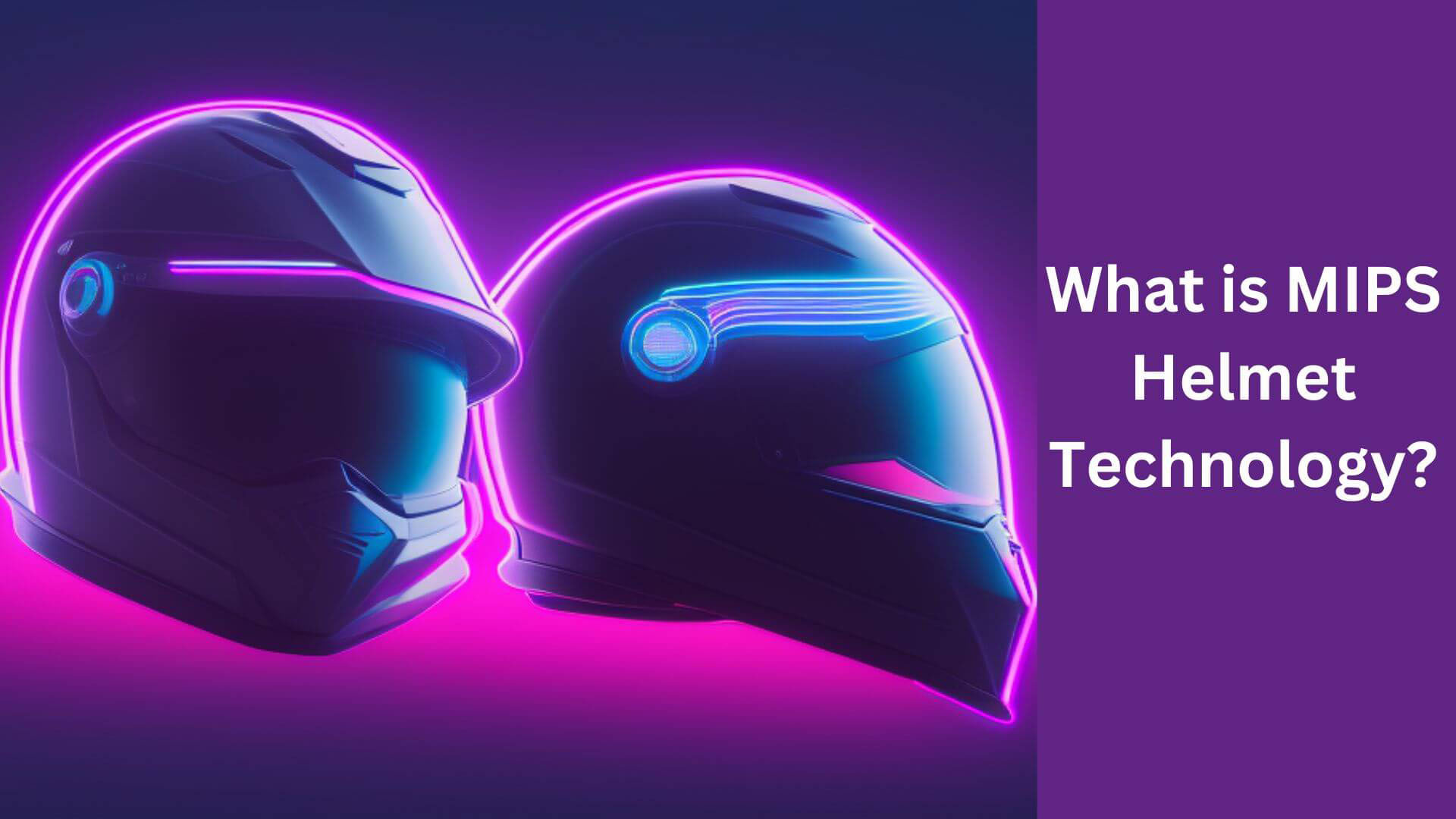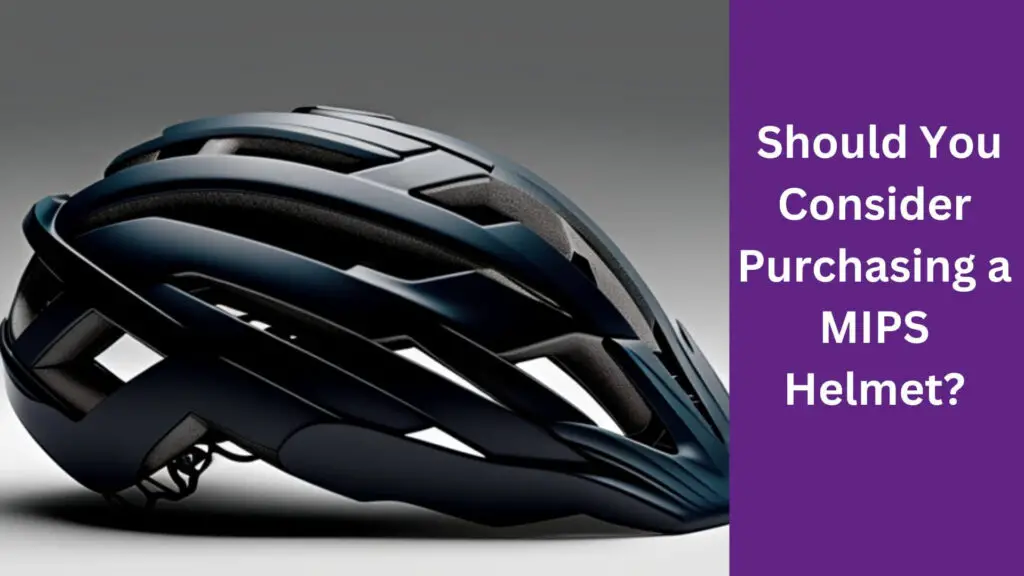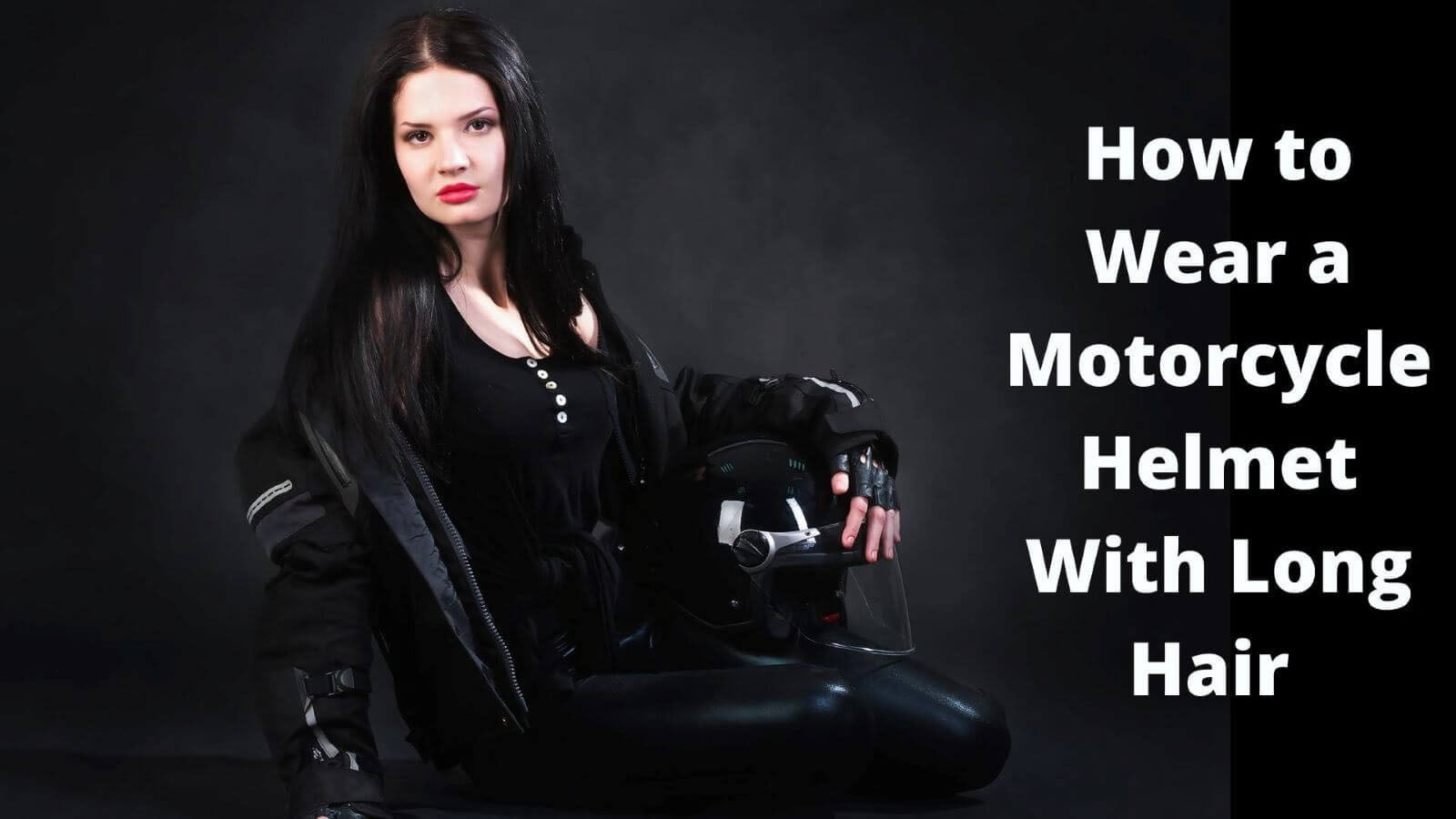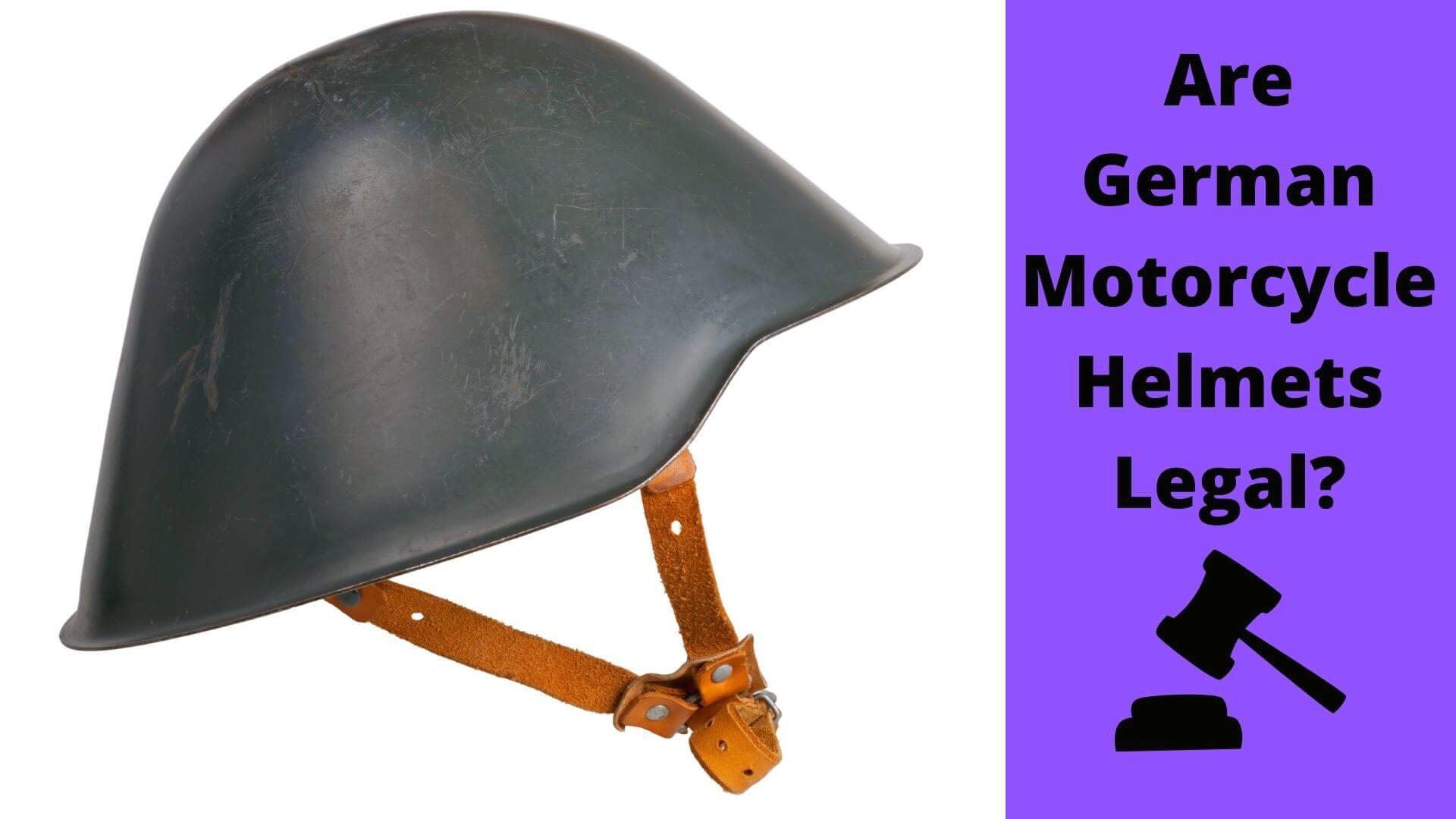What is MIPS Helmet Technology and How Can You Benefit?

Regarding cycling, skiing, or other activities where helmets are necessary for safety, MIPS technology has been making waves in the industry as an innovative solution for improving brain protection.
But what is exactly MIPS helmet technology, and how does it work? In this article, I will explore the science behind MIPS technology and its benefits for athletes and sports enthusiasts.
What is MIPS Helmet Technology?
MIPS stands for Multi-Directional Impact Protection System. A Swedish biomechanics team developed the technology in 1996. It was later commercialized in 2007 by MIPS AB, a company founded by Hans von Holst, Peter Halldin, and Fredrik von Holst.
It is designed to address the rotational motion that occurs during impact, which is known to cause brain injuries.
The MIPS helmet technology is based on adding a low-friction layer between the helmet’s outer shell and the liner.
This layer allows the helmet to move slightly around the head during impact, reducing the rotational forces that can cause brain injury.
In simple terms, the MIPS technology mimics the brain’s protective mechanism – the cerebrospinal fluid – by allowing the head to move slightly within the helmet, which reduces the rotational forces that can cause brain injuries.
Check Also: Best Budget MIPS Helmets?
How Does MIPS Helmet Technology Work?
The MIPS technology comprises three main components: the outer shell, the liner, and the MIPS low-friction layer.
The outer shell is designed to absorb the initial impact, while the liner absorbs the remaining energy.
The MIPS low-friction layer is located between the liner and the outer shell, allowing the helmet to rotate slightly during an impact.
When an impact occurs, the MIPS low-friction layer slides along with the liner, reducing the rotational motion during the impact.
This slide affection redirects the rotational forces away from the head, reducing the risk of brain injury. Compared to traditional helmets, this technology has been shown to reduce rotational motion by up to 50%.
Check Also: How to Choose the Best Giro MIPS Helmet for Your Head Shape
Benefits of MIPS Helmet Technology
The benefits of MIPS helmet technology are numerous. It reduces the risk of brain injury by addressing the rotational motion that occurs during impact. This technology effectively reduces the risk of concussion, particularly in high-impact sports like football, hockey, and cycling.
Additionally, MIPS technology effectively reduces the risk of other brain injuries like diffuse axonal injury (DAI) and subdural hematoma.
What are the Benefits of Using a Helmet with MIPS Technology?
Here are the benefits of using a helmet with MIPS technology, listed in bullet points:
- Provides better protection against rotational forces, which can help reduce the risk of brain injury
- Helps reduce the risk of concussion and other types of head injury
- Designed to provide additional safety benefits without sacrificing the level of impact protection provided by non-MIPS helmets
- Available in a variety of helmet styles, including road, mountain bike, and urban helmets, making it suitable for a wide range of activities and sports
- Tested and certified by independent safety organizations to ensure that they meet or exceed safety standards
- Can offer peace of mind to athletes, parents, and others who are concerned about the risks of head injury during sports or other activities
- Can be especially beneficial for high-impact sports such as skiing, snowboarding, and cycling
- Can help reduce the severity of certain types of injuries, such as diffuse axonal injuries, which can be particularly dangerous
- Designed to work with the body’s natural protective mechanisms, providing an additional layer of safety for the brain
- Can be an effective tool for preventing long-term brain damage resulting from head injuries
- Can provide better protection for athletes who are particularly at risk of head injuries, such as football players and boxers
- Can be an affordable way to add an extra layer of safety to your sports gear, with many MIPS helmets available at a reasonable price point
Overall, the benefits of using a helmet with MIPS technology are clear.
Whether you’re an athlete looking for extra protection during high-impact sports, or a concerned parent looking for a safe and effective way to protect your child’s head during outdoor activities, a MIPS helmet can be an excellent choice.
With its unique design and proven safety benefits, MIPS technology is quickly becoming the standard for head protection in a wide range of sports and activities.
Read More: How to Adjust Your Giro MIPS Helmet?
When Should You Consider Purchasing a MIPS Helmet?

If you participate in any type of activity that involves the risk of head injury, you should consider purchasing a MIPS helmet. Here are some specific situations in which you may want to consider investing in a MIPS helmet:
- You participate in high-impact sports: If you’re involved in high-impact sports such as skiing, snowboarding, or cycling, a MIPS helmet can provide valuable extra protection against head injuries resulting from rotational forces.
- You’re concerned about the long-term effects of head injuries: If you’re concerned about the long-term effects of head injuries, such as chronic traumatic encephalopathy (CTE), a MIPS helmet can help reduce the risk of these types of injuries.
- You want to be as safe as possible during outdoor activities: If you’re an avid hiker, camper, or climber, a MIPS helmet can provide an extra layer of safety during these types of outdoor activities.
- You have a history of head injuries: If you have a history of head injuries, you may want to consider investing in a MIPS helmet to help reduce the risk of future injuries.
- You’re a parent concerned about your child’s safety: If you’re a parent concerned about your child’s safety during sports or other outdoor activities, a MIPS helmet can provide peace of mind knowing that your child is wearing the safest possible gear.
Ultimately, the decision to purchase a MIPS helmet will depend on your individual needs and preferences.
However, if you’re involved in any type of activity where head injury is a risk, a MIPS helmet can provide valuable extra protection against these types of injuries.
Read More: Are MIPS Helmets Safer?
MIPS vs. Non-MIPS Helmets:

Here’s a table outlining the key differences between MIPS and non-MIPS helmets:
| MIPS helmets | Non-MIPS helmets | |
| Design | Contains a low-friction layer between the shell and liner to reduce rotational forces. | No specific design features to reduce rotational forces. |
| Impact protection | Provides the same level of impact protection as non-MIPS helmets. | Provide the same level of impact protection as MIPS helmets. |
| Price | Generally slightly more expensive than non-MIPS helmets. | Can be more affordable than MIPS helmets. |
| Availability | Available in a wide range of helmet styles, including road, mountain bike, and urban helmets. | Widely available in a range of styles and designs. |
| Testing and certification | Tested and certified by independent safety organizations to ensure they meet or exceed safety standards. | Tested and certified by independent safety organizations to ensure they meet or exceed safety standards. |
| Benefits | Can help reduce the risk of brain injury resulting from rotational forces | Provides standard impact protection |
In summary, the main difference between MIPS and non-MIPS helmets lies in their design.
MIPS helmets are specifically designed to reduce the risk of brain injury resulting from rotational forces, while non-MIPS helmets do not have any specific design features to address this type of injury.
However, both types of helmets provide the same level of impact protection and are tested and certified to ensure they meet safety standards.
Ultimately, the choice between MIPS and non-MIPS helmets will depend on your individual needs and preferences, as well as the specific activities you engage in.
Read More: MIPS Bike Helmet: The Ultimate Guide
How to Choose the Right MIPS Helmet?
When choosing a MIPS helmet, there are several factors that When choosing a MIPS helmet, there are several factors that you should consider.
First and foremost, you should ensure that the helmet fits properly and is comfortable to wear. Look for helmets with adjustable straps and ventilation systems to ensure a comfortable fit.
Additionally, consider the weight of the helmet, as a heavier helmet can be more uncomfortable to wear for extended periods of time.
You should also look for MIPS helmets that are certified by recognized safety organizations, such as the Consumer Product Safety Commission (CPSC) or the Snell Memorial Foundation.
These organizations have strict safety standards that helmets must meet in order to receive certification.
MIPS technology is available in a variety of helmet styles, including road, mountain bike, and urban helmets. Choose a style that fits your needs and personal preferences.
Read More: What Is An Aero Helmet?
How to Wear a MIPS Helmet?
When wearing a MIPS helmet, it’s important to ensure that it is properly adjusted and secured.
Adjust the straps so that the helmet fits snugly on your head and does not move around. Additionally, ensure that the helmet covers your forehead and is positioned correctly on your head.
A properly fitting helmet is essential for ensuring maximum protection in the event of a crash.
Read More: Are MIPS Helmets Worth It?
Common Misconceptions About MIPS Helmet Technology
There are several common misconceptions about MIPS helmet technology that should be addressed.
One misconception is that MIPS helmets are significantly more expensive than non-MIPS helmets.
While MIPS helmets can be slightly more expensive, the price difference is typically not significant.
Additionally, the extra protection MIPS technology provides is well worth the additional cost.
Another misconception is that MIPS helmets are not as durable as non-MIPS helmets.
However, MIPS helmets are subject to the same safety standards as non-MIPS helmets and are designed to withstand the same level of impact.
As long as the helmet is properly cared for and maintained, it should provide the same level of protection as a non-MIPS helmet.
Read More: Should You Wear a Helmet on an E-Bike?
Potential Drawbacks of MIPS Helmet Technology
While MIPS helmet technology is designed to provide better protection against rotational forces, there are some potential drawbacks to consider.
One potential drawback is that MIPS helmets can be slightly heavier than non-MIPS helmets, making them less comfortable to wear for extended periods.
Additionally, MIPS helmets can be slightly more difficult to adjust than non-MIPS helmets due to the additional layer of low-friction material.
However, the helmet should provide a comfortable and secure fit once it is adjusted correctly.
The Future of MIPS Helmet Technology
As more people take up cycling and other outdoor sports, the demand for safer and more effective protective gear will continue to grow.
MIPS helmet technology is just one example of the innovation that is occurring in this area. As technology continues to improve,
I can expect to see even more advanced protective gear that provides better protection and is more comfortable to wear.
FAQs About What is MIPS Helmet Technology?
Are MIPS helmets more expensive than non-MIPS helmets?
MIPS helmets can be slightly more expensive than non-MIPS helmets, but the price difference is typically not significant.
How do I know if a helmet is certified by a safety organization?
Look for helmets that are certified by recognized safety organizations, such as the Consumer Product Safety Commission (CPSC) or the Snell Memorial Foundation.
Are MIPS helmets less durable than non-MIPS helmets?
No, MIPS helmets are subject to the same safety standards as non-MIPS helmets and are designed to withstand the same level of impact. As long as the helmet is properly cared for and maintained, it should provide the same level of protection as a non-MIPS helmet.
How do I properly adjust a MIPS helmet?
Adjust the straps so that the helmet fits snugly on your head and does not move around. Additionally, ensure that the helmet covers your forehead and is positioned correctly on your head.
What are the potential drawbacks of MIPS helmet technology?
MIPS helmets can be slightly heavier than non-MIPS helmets, which can make them less comfortable to wear for extended periods of time.
Additionally, MIPS helmets can be slightly more difficult to adjust due to the additional layer of low-friction material.
Are MIPS helmets only available for certain types of sports?
No, MIPS technology is available in a variety of helmet styles, including road, mountain bike, and urban helmets.
Can MIPS helmet technology prevent all head injuries?
While MIPS technology can provide better protection against rotational forces, it cannot prevent all head injuries.
It is still important to wear a helmet properly and follow safety guidelines when participating in sports or other activities where there is a risk of head injury.
Last Verdict
MIPS helmet technology is an innovative new development that provides better protection against rotational forces during a crash.
If you’re a cyclist or participate in other sports where there is a risk of head injury, you should consider purchasing a MIPS helmet.
MIPS helmets are designed to be comfortable and easy to wear and provide an additional layer of protection that can help to reduce the risk of brain injury and other serious injuries.

Hey, I’m Hrithik Hossain. I am the head of helmethacks.com, which specializes in safety helmets. I am looking to connect with anyone interested in purchasing a helmet or who has any questions about different types of helmets. I have over 8 years of experience as a helmet expert, and I can’t wait to help you find the perfect helmet for you. I can help you with any questions regarding helmets, from the best brands to fitting, style, and more! I really enjoy keeping people safe by ensuring they have the best protection possible.







